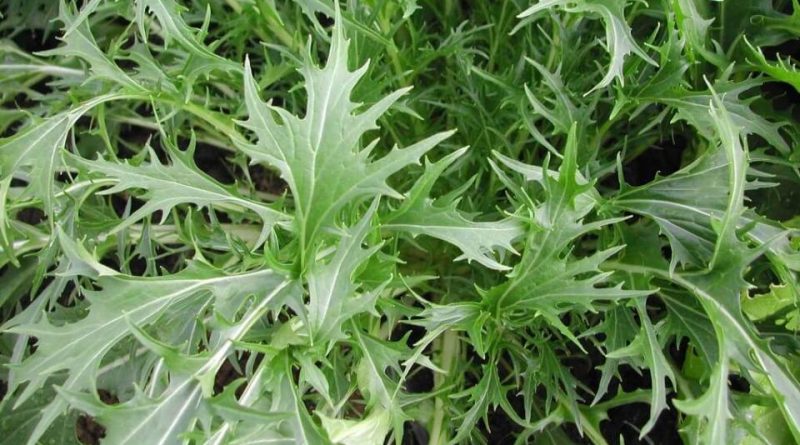Brassica rapa var. nipposinica
Brassica rapa var. nipposinica
Japanese peppergrass (Brassica rapa L. var. Nipposinica) is a herbaceous species belonging to the Brassicaceae family.
Systematic –
From a systematic point of view, it belongs to the Eukaryota Domain, Plantae Kingdom, Magnoliopsida Division, Capparales Order, Brassicaceae Family and therefore to the Genus Brassica, to the Species B. rapa and to the variety B. r. nipposinica.
The term is synonymous:
– Brassica rapa var. japonica.
Etymology –
The term Brassica comes from brassica, the Latin name of the cabbage described by several authors, attested in the literature starting from Plautus (III-II century BC). The origin of this name is uncertain and has been traced back to Greek or Celtic voices, without totally convincing evidence. Several etymological texts refer to the word Βράσκη braske, according to Hesychius used by the Italics in Magna Grecia to indicate cabbage.
The specific epithet rapa comes from rápa or rapum rapa in Columella & al. (from the Greek ρᾰπυς rápys, assonant with ρα ra, contraction of ῥίζα rhiza root, and from πούς pous foot).
The Japanese name of the variety comes from Nippon, a transliteration of the name with which the Japanese call their nation, and from the Chinese sinicus, of China: Japanese or Sinog Japanese, that is, from the Far East.
Geographical Distribution and Habitat –
Japanese peppergrass is a variety of turnip, cultivated for a long time in Japan and however originating in an area between China and Japan.
Description –
Brassica rapa L. var. nipposinica is a variety of turnip that is characterized by the presence of serrated dark green and yellow leaves, up to 35 – 40 cm long, with a smooth and slightly feathered consistency.
Cultivation –
Japanese peppergrass is a turnip variety, annual, which, for cultivation, requires well-drained medium-textured soils with exposure to partial shade or, in any case, not very sunny.
However, it is a vigorous plant, adaptable and easy to grow on most soils.
The optimal germination temperature is around 16 ° C but, however, highly resistant to cold, it grows widely in Japan during the winter months.
For cultivation it is preferable in rows at a distance of 20-25 cm between one plant and another.
Uses and Traditions –
Japanese peppergrass is a plant grown in Japan since ancient times.
The leaves have a slight mustard flavor.
The flavor of this plant has been described as a “spicy, delicate, slightly spicy, slightly spicy flavor, but less than arugula”
Its leaves, which have a fresh and crunchy flavor, can be used alone or cooked with meat. The Japanese love to keep them in brine.
Method of Preparation –
Japanese peppergrass is widely used in the kitchen in fries, soups and with nabemono, also called simply nabe, which is a Japanese term formed by the words nabe and mono, and refers to the style of cooking and preparation of a single dish typical of Japanese cuisine . Nabemono, in Japanese means: hot pots.
In addition to being a salad, green mizuna can be steamed, boiled, fried or used to supplement other vegetables mixed together in Asian salads.
When cooked, it reduces by about half its size, therefore a large amount is needed to prepare a cooked vegetable dish containing only mizuna. For its consumption it is recommended to select fresh and crunchy leaves, avoiding the slightly discolored ones. These will be kept for four to five days if wrapped in plastic and stored in the vegetable drawer of the refrigerator.
Guido Bissanti
Sources
– Acta Plantarum – Flora of the Italian Regions.
– Wikipedia, the free encyclopedia.
– Treben M., 2000. Health from the Lord’s Pharmacy, Tips and experiences with medicinal herbs, Ennsthaler Editore
– Pignatti S., 1982. Flora of Italy, Edagricole, Bologna.
– Conti F., Abbate G., Alessandrini A., Blasi C. (edited by), 2005. An annotated checklist of the Italian vascular flora, Palombi Editore.
Warning: Pharmaceutical applications and alimurgical uses are indicated for information purposes only, they do not in any way represent a medical prescription; therefore, no responsibility is accepted for their use for healing, aesthetic or food purposes.


